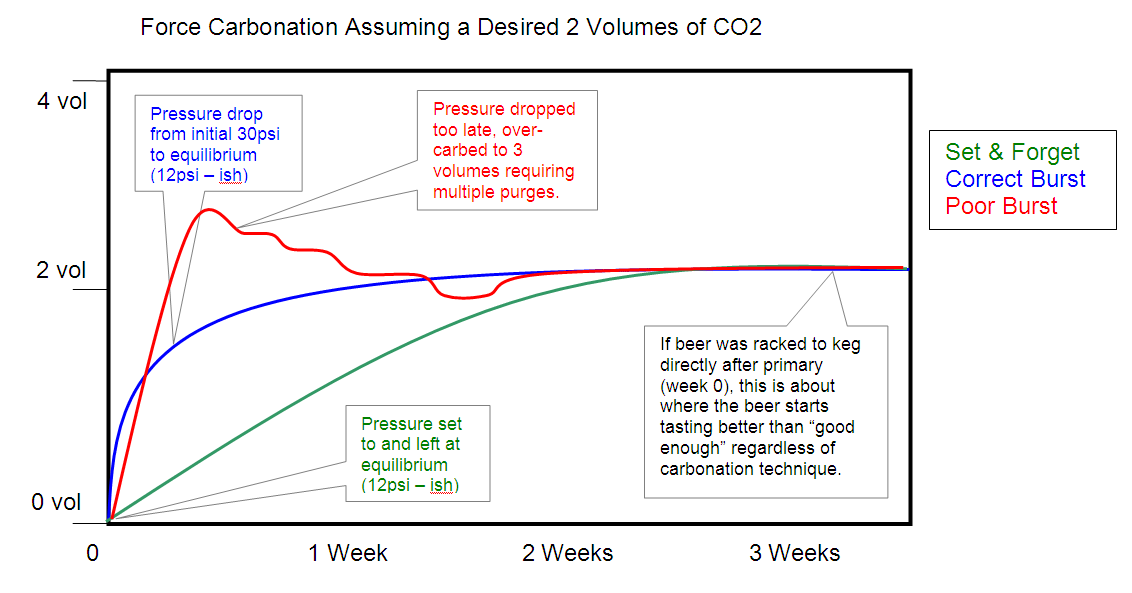I'm going to carb my first keg soon and have been reading the charts - I'll likely do the slow carb technique instead of trying to slosh it around so it'll sit at pressure for 3 -5 days I suppose.
My question is this...I see that the lower the temp the less pressure I need. My fermenting temp will probably be in the High 55f to 65f at the time it is done. Can I put the beer in the keg, then keg to the kegerator without the gas being hooked up (other than the initial hookup to seal the keg and burp out the ambient air)...let it be in the kegerator for 1 day to get down to the 35-40 f temp...then hookup the gas.
Or should I hookup the gas as soon as the keg goes into the kegerator even though it's room temp at that point?
My question is this...I see that the lower the temp the less pressure I need. My fermenting temp will probably be in the High 55f to 65f at the time it is done. Can I put the beer in the keg, then keg to the kegerator without the gas being hooked up (other than the initial hookup to seal the keg and burp out the ambient air)...let it be in the kegerator for 1 day to get down to the 35-40 f temp...then hookup the gas.
Or should I hookup the gas as soon as the keg goes into the kegerator even though it's room temp at that point?



